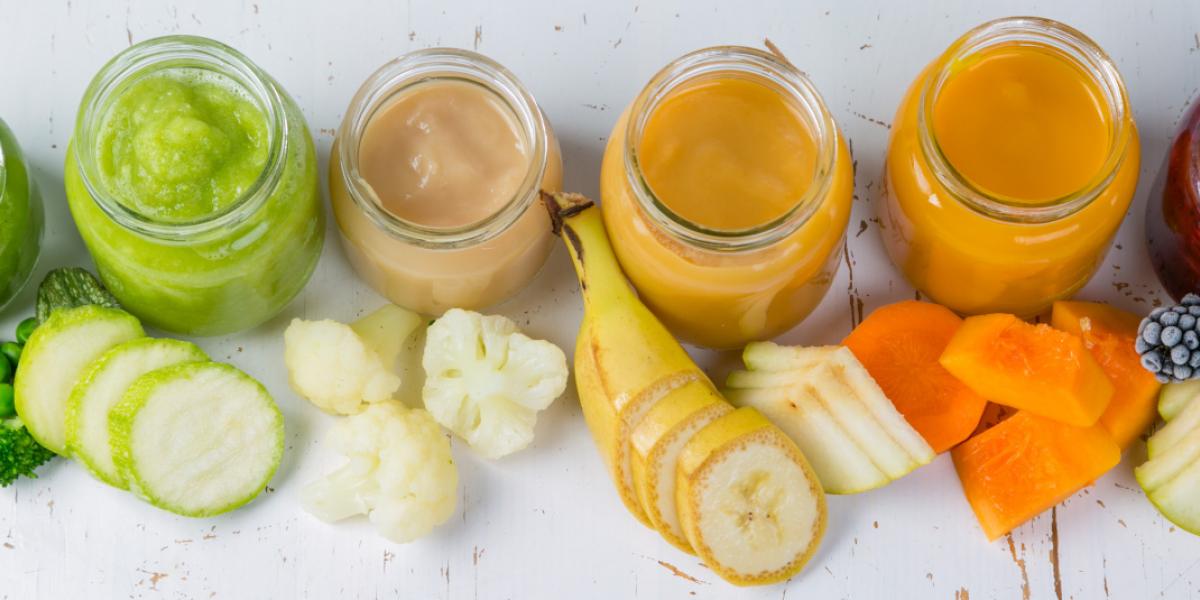You are here

On 8 April 2021 the U.S. Food and Drug Administration (FDA) announced its Closer to Zero action plan for reducing exposure to toxic elements in foods for babies and young children.
Verisk 3E Review
Reducing exposure to toxic elements—especially for babies and children—is among the FDA's highest priorities. The agency's goal of moving the U.S. closer to zero exposure to toxic elements from foods reflects its commitment to take significant steps to help reduce contamination. Accordingly, the FDA has announced its new action plan, Closer to Zero, which sets forth its approach to reducing exposure to toxic elements in foods commonly eaten by babies and young children to the lowest possible levels.
The FDA's testing shows that children are not at immediate risk from exposure to toxic elements at the levels currently found in foods. However, the agency is starting the plan’s work immediately, with both short- and long-term goals for achieving continued improvements in reducing levels of toxic elements in these foods over time.
Because fruits, vegetables and grains can take up toxic elements found in the environment from the water, soil, and air, however, there are limits to how low the levels can be reduced. Exposure to toxic elements depends on the levels of the elements found in foods as well as the amount of the food consumed. Thus, the FDA's goal is to reduce the levels of arsenic, lead, cadmium and mercury in these foods to the greatest extent possible. According to the agency, requiring levels that are not currently feasible could result in significant reductions in the availability of nutritious, affordable foods that many families rely on for their children. The agency is therefore taking a multi-phase, science-based, iterative approach to achieve its goal of getting levels of toxic elements in foods closer to zero over time.
Closer to Zero includes research and evaluation of changes in dietary exposures to toxic elements, setting action levels (i.e., recommended limits of toxic elements in foods that can be achieved by industry and progressively lowered as appropriate), encouraging adoption of best practices by the industry and monitoring progress. The FDA's action plan will occur in three phases. The first of those phases will set action levels using a four-pronged approach:
- Evaluate the scientific basis for action levels: The FDA will evaluate existing data from routine testing of the food supply, research and data on chemical analytical methods, toxicological assays, exposure and risk assessments, and other relevant scientific information. Through a process that may include advisory committees, public workshops, and consultation with scientific experts, federal agency partners, and other stakeholders, the agency will establish interim reference levels (IRLs) for certain toxic elements as appropriate. An IRL is a measure of exposure from food that the FDA may use to determine if the level of exposure to an element across foods could result in a specific health impact.
- Propose action levels: The IRLs could be among the key factors that inform the development of the FDA's proposed action levels for certain toxic elements in categories of baby foods (e.g., cereals, infant formula, pureed fruits and vegetables, etc.) and other foods commonly eaten by babies and young children.
- Consult with stakeholders on proposed action levels, including the achievability and feasibility of action levels: The FDA will gather data and other information for each toxic element—for every identified category of food—through a process of consultation that could include workshops, scientific meetings, and collaboration with federal partners to assess the achievability of the proposed action levels and the timeframes for reaching them.
- Finalize action levels: The FDA will use the knowledge gathered from stakeholders, updated scientific research and routine monitoring data to shape any needed adjustments and finalize action levels.
The FDA's action plan will start with prioritizing its work on elements for which it has the most data and information—arsenic and lead—while research will continue on other elements. Over time the research will progress through each element across various food categories consumed by babies and young children.
During the plan's first year (i.e., phase one), the agency will propose action levels for lead in categories of foods consumed by babies and young children by consulting with and gathering data from stakeholders and federal partners about the feasibility of meeting action levels for lead and sharing resources with industry on best practices for reducing or preventing lead contamination. The agency also will complete updated sampling assignments testing toxic element levels in baby foods and evaluate the science related to arsenic exposure from foods beyond infant rice cereal.
As part of the agency's ongoing efforts to reduce exposure to toxic elements from foods, it will continue its research and collaborations on this topic with the aim of finalizing action levels for arsenic in apple juice and issuing draft action levels for lead in juices in the near future. It also will evaluate the potential impact of new technologies, interventions, or mitigation controls to reduce exposure and will reevaluate risks based on declining levels of toxic elements in foods. The agency plans to combine its efforts to reduce exposure to toxic elements in baby foods with its other initiatives to improve the health of mothers, infants and children.
Verisk 3E Analysis
Baby and toddler food manufacturers and processors should read the FDA's Closer to Zero action plan and should continue to monitor the FDA's actions to ensure that they are compliant with any rules that may arise in the near future.
Want More Content Like This?
This blog is sourced from 3E Monitor™, our regulatory news and analysis tool. You can depend on 3E Monitor for timely updates on the most important industry news affecting your business. News is tailored to the topics that matter to your company and delivered in a format and frequency that fits your needs. Try 3E Monitor FREE for two weeks.

 Top
Top